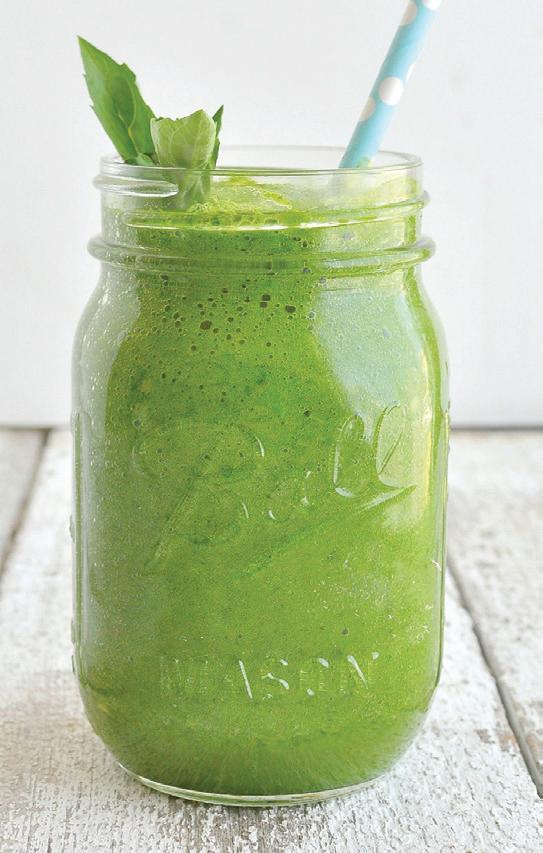
2 minute read
Getting green in the kitchen
Did you know that Americans throw out 30-40% of their food? That is almost half! This is alarming, especially when you consider that translates into almost half of the energy, water, and land used for farming being wasted. Yikes!
The food that ends up in landfills then creates additional methane gas (greenhouse gas) which is harmful to the environment.
What can we do to be more environmentally friendly eaters? Any good dietitian would tell you to focus on eating your produce instead of throwing it out --- it is good for both you and the environment.
Additionally, we can make every effort to not over-purchase food, and compost our waste. Composting recycles organic “waste” material (leaves & plant-based kitchen scraps) to produce compost. Compost is rich in nutrients and is a great gardening material that returns needed nutrients to the soil. Only 3% of people compost, so there is room for improvement. Some localities have composter bins available at reduced rates to encourage backyard composting (think summer project with the kids).
• In North Augusta: call 803-441-4240 or email compostbins@northaugusta.net to find out more or order a compost bin ($35.00).

• In other areas of the CSRA you need to get a compost bin at a local store or simply designate a compost area in your yard. For more information visit: www.bit.ly/compostga ly/root2stem
In addition to composting, you can aim to use fruits, about to go bad, in smoothies. Also don’t forget to put the bananas in the freezer before they get too ripe. You can freeze them in the skin (best for use in banana bread) or peel, slice and then freeze (best for quick additions to smoothies).
Learn what other foods freeze well. For example, guacamole and hummus can be frozen for later. Soups and most casseroles, such as lasagna can be frozen in individual servings – for easy grab and go meals when needed. Foods that you don’t use up also freeze well; like that half a jar of marinara or half a box of chicken broth. Transfer them to freezer safe containers and freeze until needed. These suggestions help the environment and save money, a real win-win.
Lastly, learning to cook using whole foods is a great way to eat for the earth. Check out this root to stem cooking resource www.bit.
Kale Smoothie

Easy and delicious sure to be a family favorite!
• 1-2 cups raw chopped kale
• 1 cup higher protein milk (such as Fairlife® or Carbmaster®-plain)
• ½ cup of frozen mango chunks
• 1 medium banana (previously cut into slices and frozen)
• 1 teaspoon fresh ginger minced
Place all ingredients and place into a blender. Blend until smooth and enjoy.
Yield: 2 servings
Nutrient Breakdown: Calories 172, Fat 0g, Cholesterol, 80mg. Carbohydrate 27g, Fiber 4g, Sodium 70mg, Protein 9g, Potassium 780mg.


Diabetes Exchanges: 1 vegetable, 1/2 milk, 1 fruit
Kim’s Note: This smoothie is easily turned into smoothie packets for the freezer. Simply put the kale, mango, banana and ginger into individual plastic zip-top bags and store in the freezer. When ready to make the smoothie place the contents of a packet into a blender with the milk and blend. Smoothie packets make morning smoothies a breeze to prepare.
Eat well, live well
— Kim










